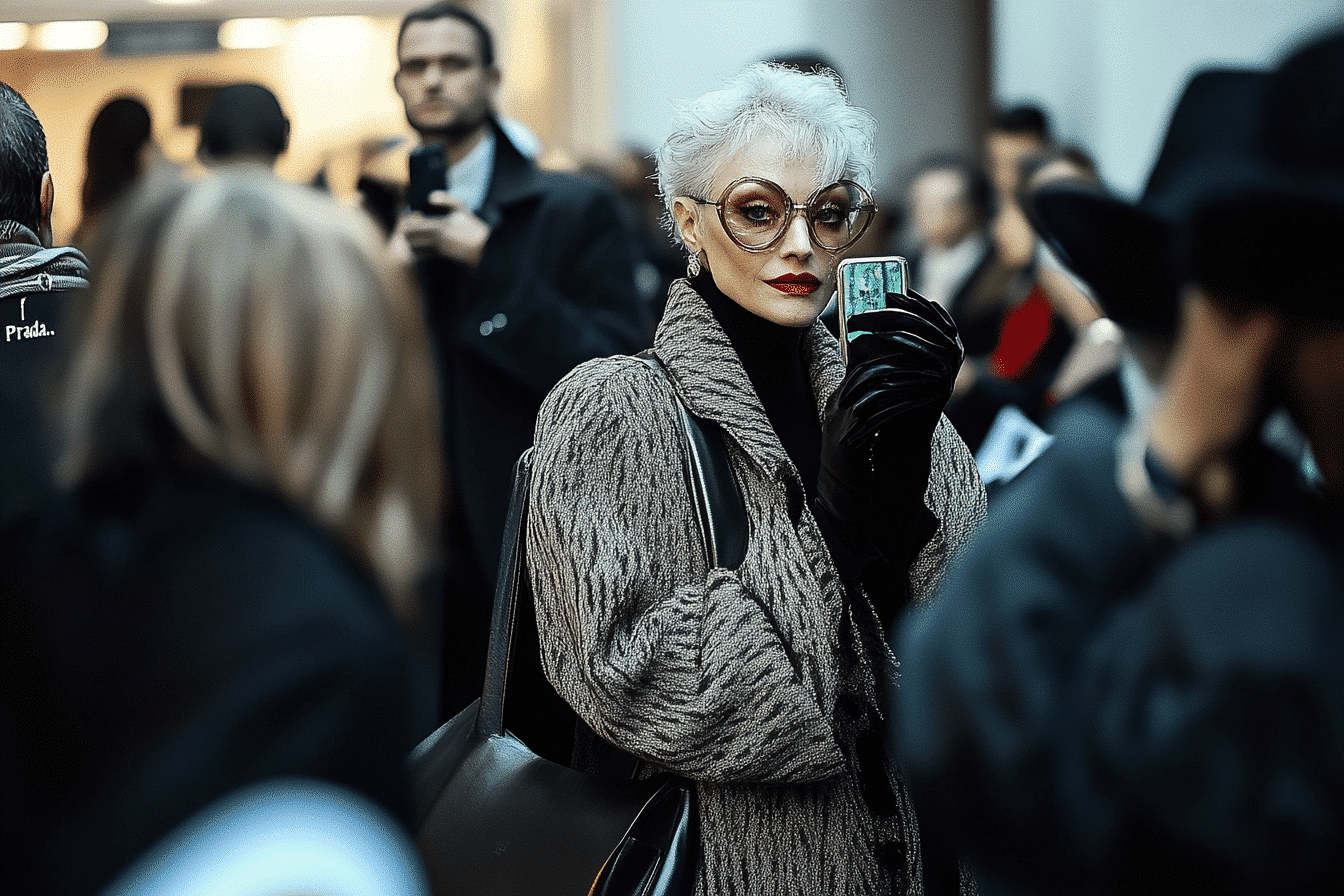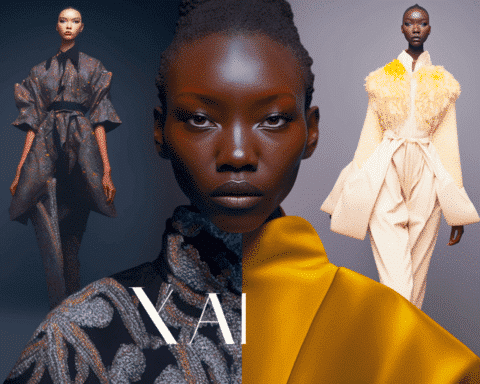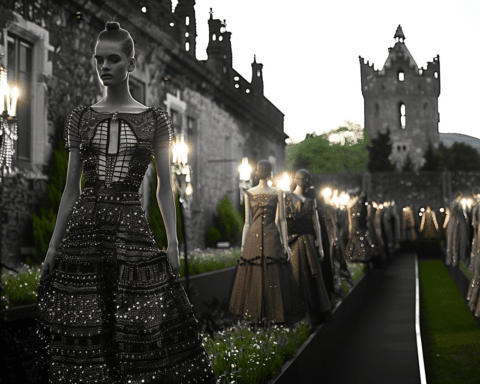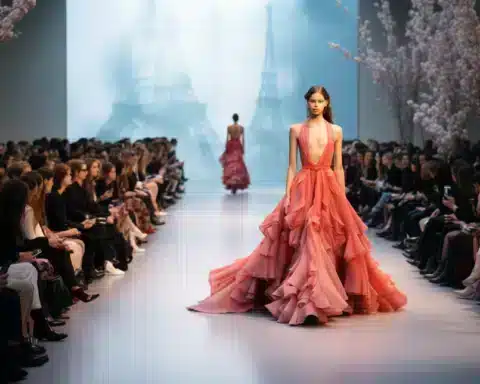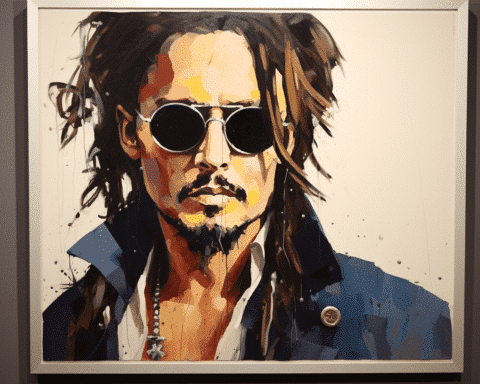Paris Couture Week has long symbolized elegance, blending ancient craftsmanship with modern-day creativity. This year, amid French political unrest, designers returned to quiet sophistication, boldly embracing darker, more conceptual themes. “Couture serves to maintain France’s excellency on a world map, both in terms of creation and know-how, also serving as a conservatory of traditions inherited from as far back as Louis XIV,” explained Alice Litscher, a professor at Paris’s Institut Français de la Mode.
Practical Reality
Chanel’s latest collection, presented at the Opera Garnier, exemplified restrained elegance. The departure of creative director Virginie Viard didn’t stop the house from delivering a collection rooted in its timeless style. Richly embroidered tweeds and opera capes were the highlights, catering to a clientele that values understated luxury. Similarly, Patou’s “Rose” collection, designed by Guillaume Henry, emphasized simplicity and joy, steering away from performative activism. “I want the Patou woman to be committed, but not necessarily to have the appearance of her commitment,” Henry stated, highlighting a shift towards practicality in fashion.
Entering Their Villain Era
The concept of the “shadow self,” popularized by Carl Jung, found its way onto the runways, with designers embracing their “villain era.” Charles de Vilmorin’s “Rêveuse Bourgeoise” collection transformed haute couture into a fantastical escape, with elements reminiscent of fairy tales and historical drama. Celebrating his tenth anniversary, Robert Wun delved into the darker facets of human experience, showcasing designs that symbolized metamorphosis and decay. The use of skull masks and references to life’s transient nature brought a dramatic flair to the collections.
Science Meets Nature
Iris Van Herpen and ArdAzAei pushed the boundaries of couture by merging fashion with science. Van Herpen’s collection, inspired by discussions with French chemist Emmanuel Farge, featured pieces that mimicked natural elements, such as waves and sea organisms. “The primal organisms within the sea 700 million years ago have changed our senses and what we experience today,” Van Herpen explained. ArdAzAei, on the other hand, explored the visual impact of quantum physics, using silk and satin to create geometric, nature-inspired designs. The result was a collection that felt both futuristic and organic.
Conceptual Couture
Viktor & Rolf’s “Haute Abstraction” collection embraced absurdism, with geometrical shapes combined with couture materials like silk duchess and Lurex. “When we are in the mood for abstraction, we get a feeling of freedom,” the designers shared, emphasizing the collection’s playful yet sophisticated nature. Meanwhile, Rahul Mishra’s “Aura” collection offered a spiritual take on fashion, with surreal silhouettes crafted from metal and glass, symbolizing the intangible aspects of existence. “It’s about creating something intangible, something we know exists but cannot see,” Mishra said, capturing the essence of his designs.
Sporty Elevation
With the Olympic Games on the horizon, Dior and Balenciaga infused sportswear with couture elements. Dior’s collection paid homage to female athletes, blending peplum details with silk and moiré jacquard for a dynamic, sporty look. Balenciaga’s show, which featured a cameo by drag queen Alexis Stone as Miranda Priestley, merged Cristobal Balenciaga’s classic style with subculture references, elevating everyday items into couture pieces. Jean-Paul Gaultier, known for inviting guest designers, showcased a minimalist collection by Nicolas Di Felice, featuring sporty, techno-inspired wear that pushed the boundaries of modern couture.
This year’s Paris Couture Week was a testament to the versatility of haute couture, from practical elegance to conceptual artistry. The collections reflected both the designers’ respect for tradition and their willingness to explore new, sometimes darker, themes. As fashion continues to evolve, couture remains a vital space for creativity and innovation. As Alice Litscher noted, couture not only preserves France’s historical excellence but also sets the stage for the future of fashion.
